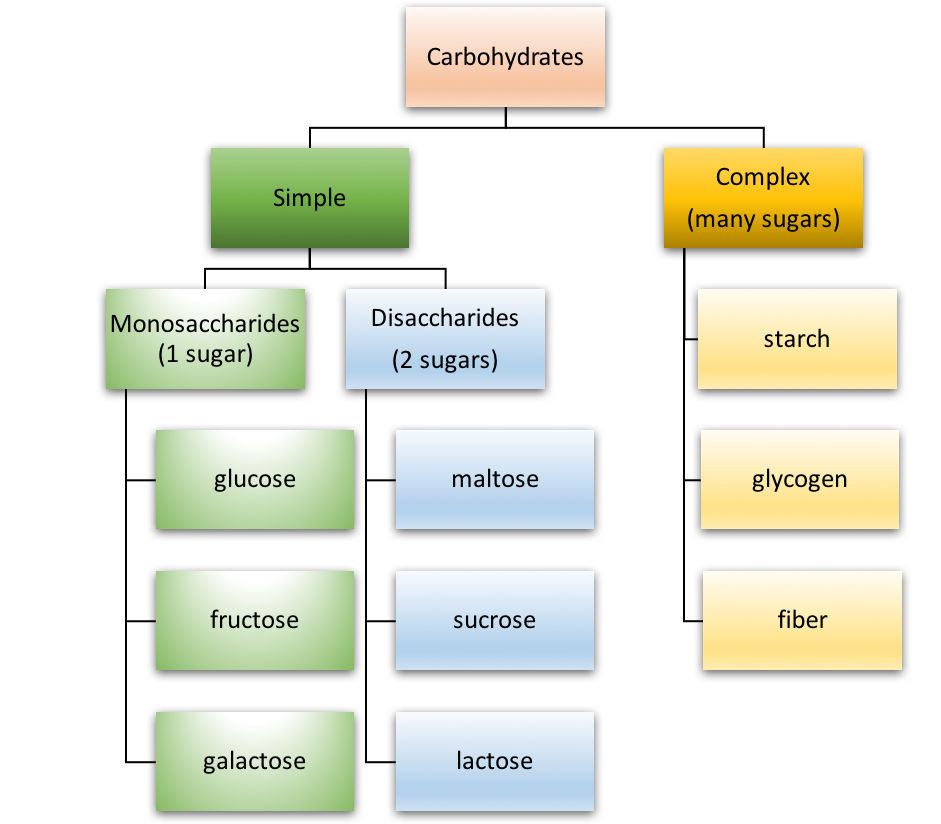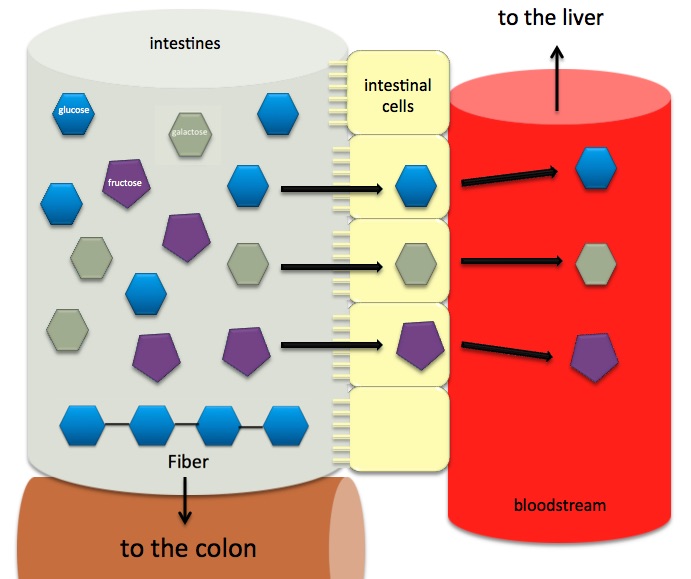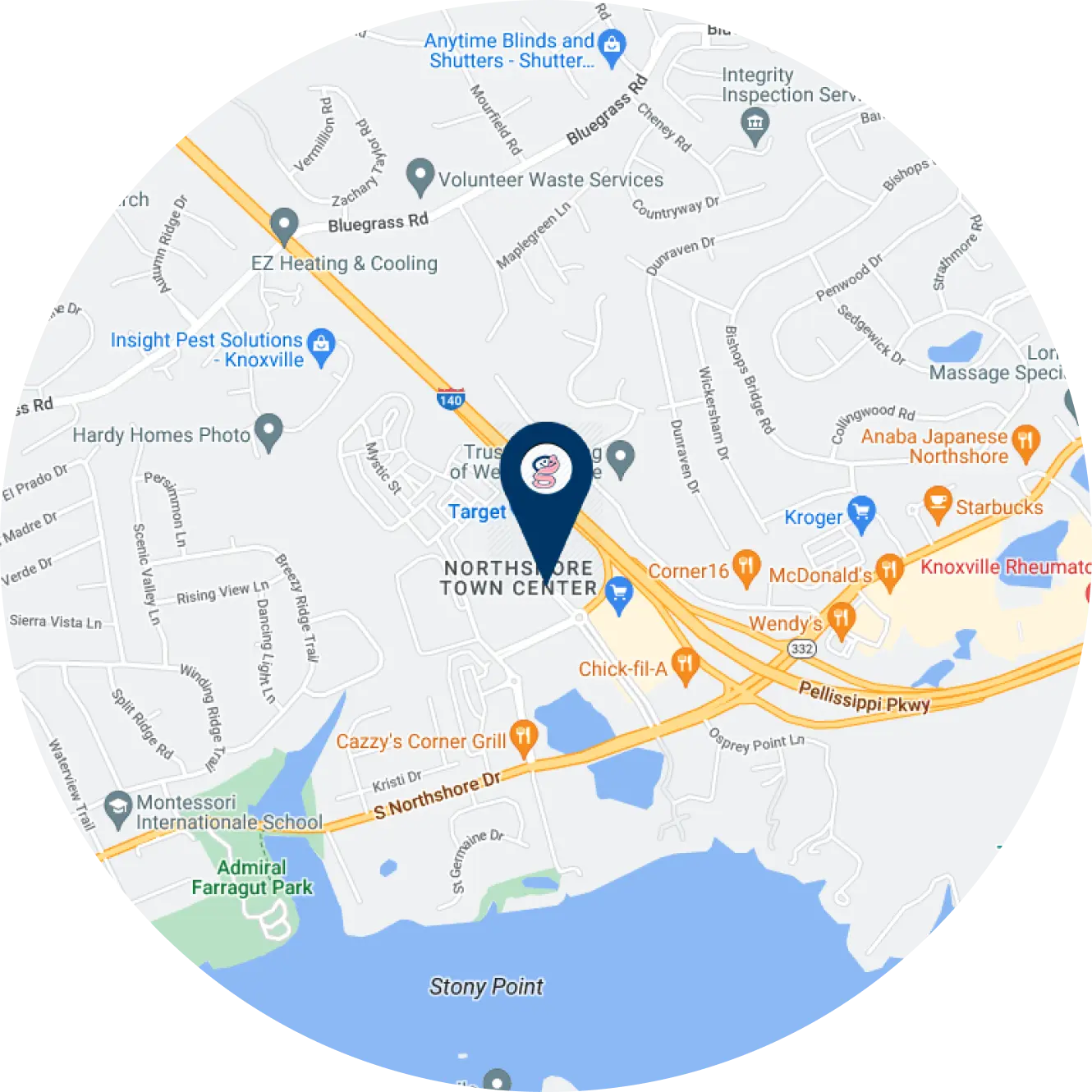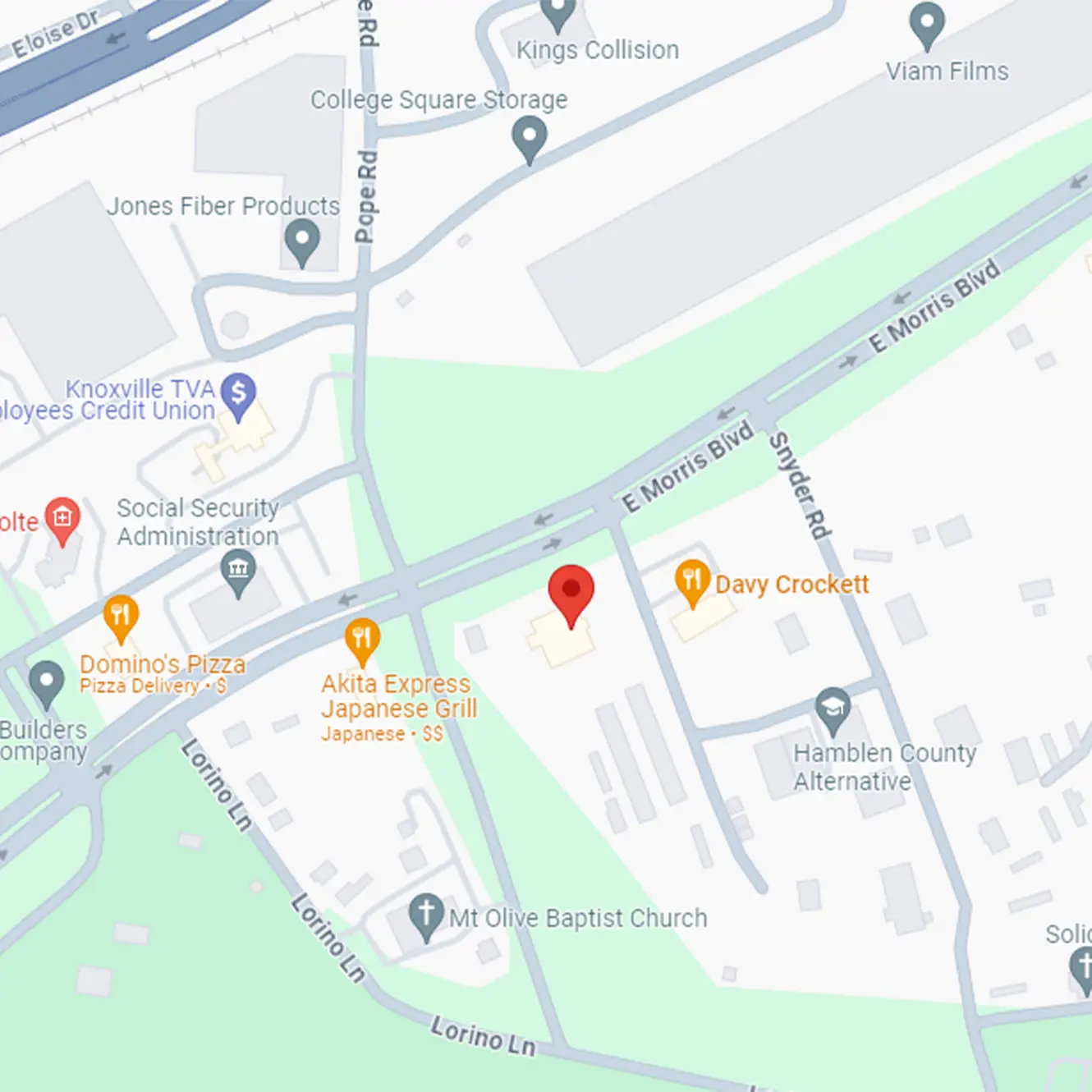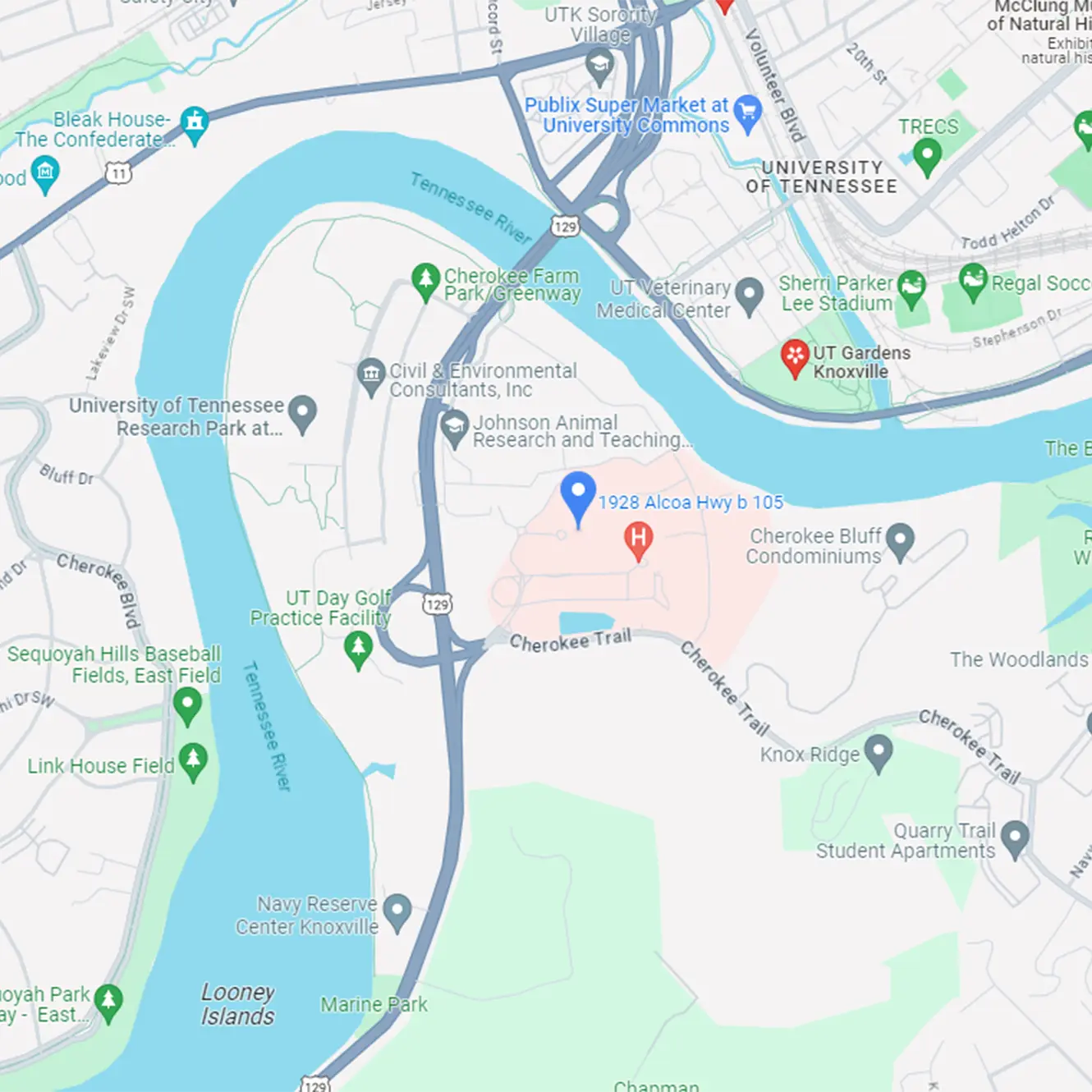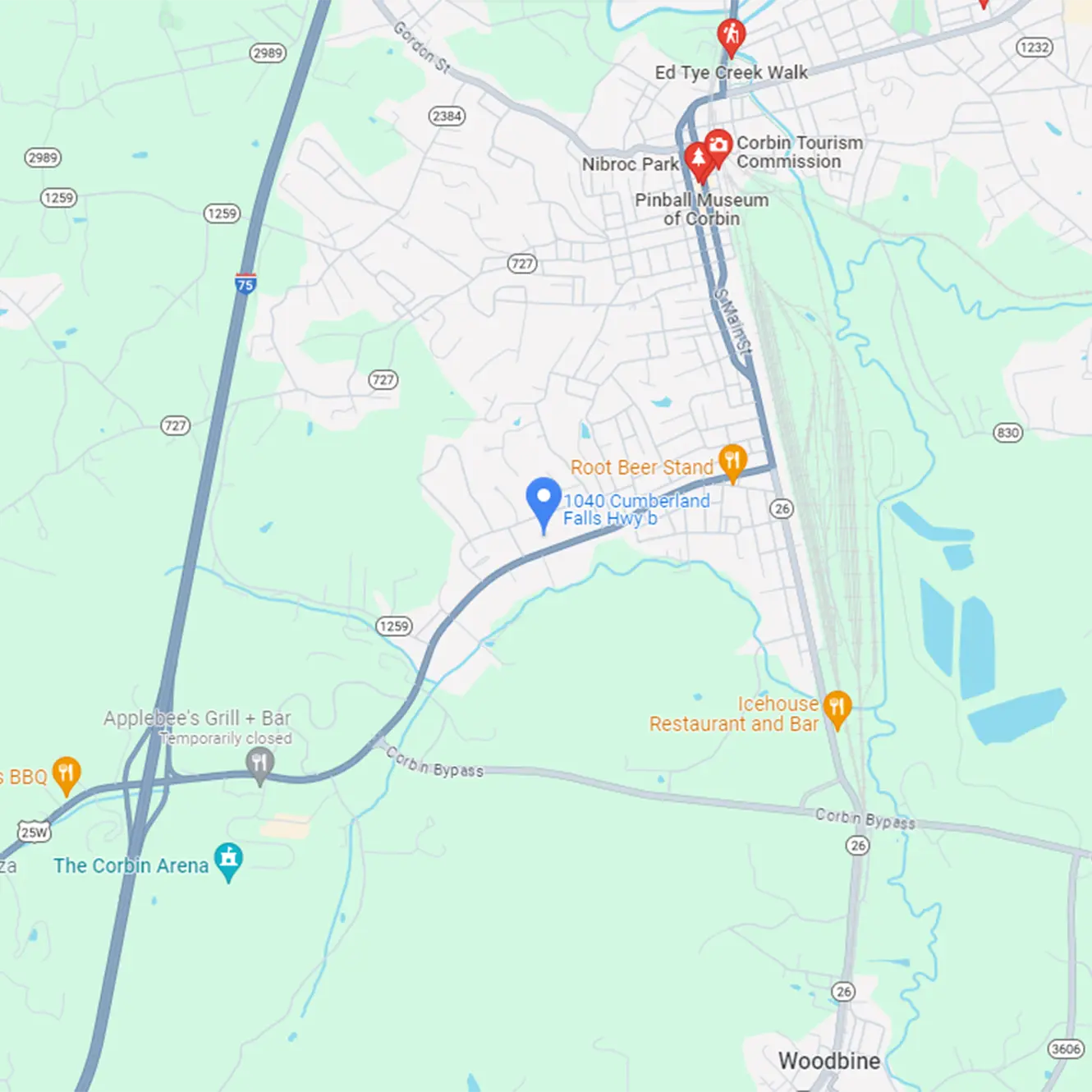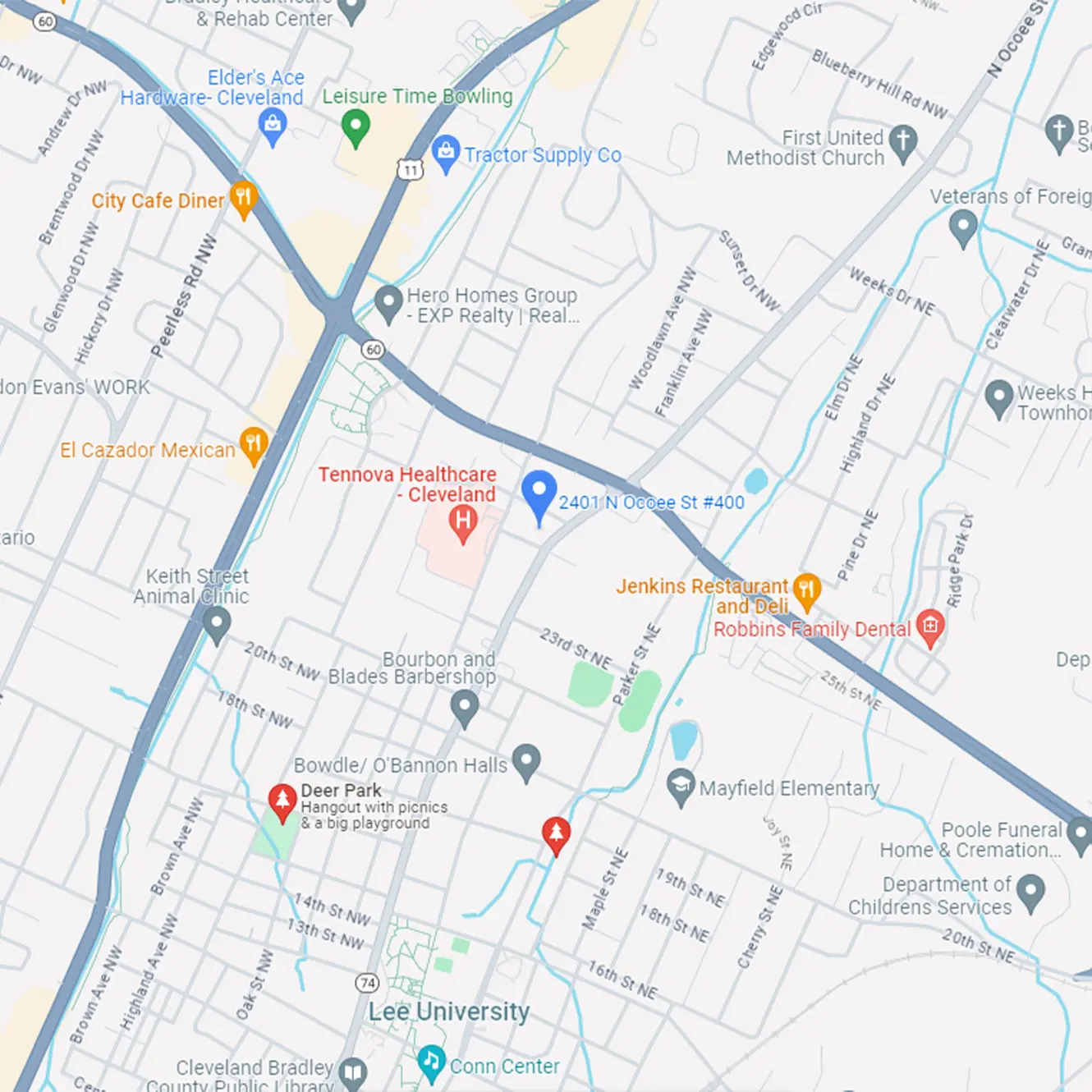Carbohydrate Digestion:
Carbohydrates are in many foods that we eat. Ultimately, carbohydrates are broken down to glucose and used for energy that allows our body to function and for you to do all your daily activities. Let’s take a look at the different types of carbohydrates and how we digest and absorb them:
Take a sandwich for example. There are starches in the bread, sucrose in the tomatoes, and lactose in the cheese. These are all different types of carbohydrates.
(Image source: https://media.lanecc.edu/users/powellt/FN225OER/Carbohydrates/FN225Carbohydrates2.html)
Digestion of these carbohydrates starts in the mouth. Your saliva contains an enzyme called amylase that breaks down the complex starches you eat (polysaccharides) into smaller carbohydrate units (disaccharides and monosaccharides). Enzymes work like scissors to “cut” the carbohydrate into smaller pieces. As enzymes break the bonds, energy is released.
After you swallow, the food then travels down the esophagus and to the stomach. Not much carbohydrate digestion occurs here since stomach acid prevents amylase from working. The small intestine is where most of the carbohydrate digestion takes place. Once the carbohydrates are in the small intestine, your pancreas produces more amylase to cut the carbohydrates into even smaller pieces. There are specific enzymes in the lining of the small intestine that break down the carbohydrates into their individual sugar units, which can then be absorbed into the blood stream.
(Image source: https://www.nutritionaldoublethink.com/carbohydrate-absorption.html)
Fiber is a type of complex carbohydrate that is not absorbed by the body. After the other sugars are absorbed, the fiber goes into the large intestine (colon) and is then fermented or used as food for the bacteria in our gut. Fiber found in pectin and resistant starches are used to feed the “good bacteria” in your gut (probiotics).
Sometimes people don’t break down the carbohydrates into the smallest absorbable sugars in the small intestine like our body is supposed to. When this happens, those larger carbohydrates are brought into the colon along with the fiber, but these carbohydrates are fermented and feed the bad bacteria. This can cause increased bloating, gas, constipation, and diarrhea. There are a few reasons this can happen:
- Lactose intolerance occurs when your body does not produce enough lactase, the enzyme that digests lactose, a milk sugar. Lactase deficiency can happen naturally with age (primary lactase deficiency), through injury to the small intestine (secondary lactase deficiency), or due to genetics (congenital lactase deficiency). Lactose intolerance caused by a primary deficiency usually doesn’t begin until later in life since infants need lactase to digest milk as their main source of nutrition. However, in rare cases, babies may be born with congenital lactase deficiency. Infants with this inherited condition are unable to digest the lactose found in breast milk or formula and must be given a lactose-free infant formula instead.
Conditions that can cause secondary lactase deficiency include Celiac disease, infections, Crohn’s disease, or ulcerative colitis. This type of lactose intolerance may go away on its own if the underlying condition is treated and lactase production returns to normal. On the other hand, lactose intolerance caused by primary or congenital lactase deficiency is likely permanent. To avoid GI upset, people with lactose intolerance should limit regular milk/dairy products and choose lactose-reduced products when possible.
- Congenital Sucrase-Isomaltase Deficiency (CSID) is an inherited disorder that results in absent or low levels of sucrase and isomaltase. Without these enzymes, your body can’t properly digest sucrose or other starches. Working with a registered dietitian, people with CSID may need to limit starches in their diet and slowly reintroduce them to determine tolerance. This disorder is rare, and symptoms can range from mild to severe depending on how much enzyme activity individuals have in their small intestine.
- FODMAP sensitivity refers to a decreased ability to digest foods containing small chain carbohydrates in the small intestine. FODMAP stands for “fermentable oligosaccharides, disaccharides, monosaccharides, and polyols.” In other words, FODMAPs are found in lots of everyday foods like wheat, barley, rye, apples, pears, mango, onion, garlic, honey, sugar-free gum, and more. For people with FODMAP sensitivity, the carbohydrates in these foods can cause discomfort due to excessive gas and water retention in the small intestine.
Many people with IBS find that choosing foods low in FODMAPs can help improve their GI symptoms. The low FODMAP diet involves removing high FODMAP foods from your diet and systematically reintroducing them to uncover which foods cause GI symptoms. However, a low FODMAP diet should only be started under the supervision of a registered dietitian to ensure foods are appropriately reintroduced and that the diet is nutritionally balanced.
Other congenital abnormalities in carbohydrate digestion may also occur, but are very rare.
Written By: Allison Cain, Dietetic Intern












